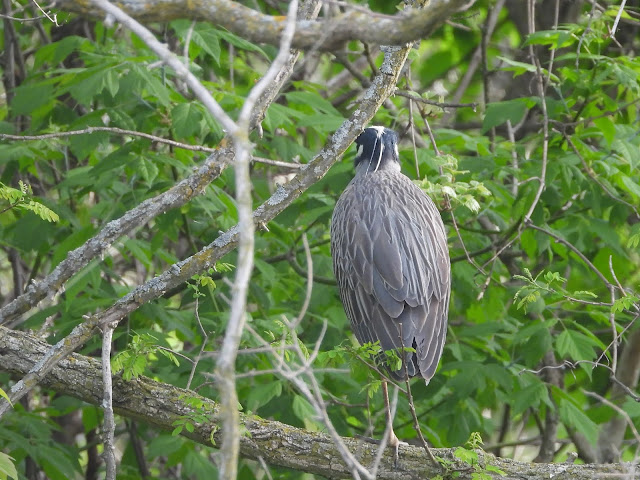U.S.-Canada-Costa Rica-Panama-Australia-New Zealand-Fiji-South Africa-Zambia-Zimbabwe-Botswana-Trinidad & Tobago-Mexico-Bahamas-Jamaica-Cayman Islands-Portugal-Italy-Greece-Turkey-Dominican Republic-Columbia-Guatemala-St Kitts-Guadaloupe-Barbados-Grenada-Aruba-Bonaire-Iceland-United Kingdom-Netherlands-US Virgin Islands
Translate
Tuesday, June 1, 2021
Monday, May 31, 2021
HAIRY WOODPECKER WITH BROWN WINGS, COLONEL SAMUEL SMITH PARK,ETOBICOKE,TORONTO,ONTARIO, 5/24/2021
Melanin in a bird's feathers produces shades of brown, black, gray and some yellows in birds. Cartenoids produce red, yellow or orange feathers. A bird's feather includes the calamus which lies beneath the skin and the rachis, the portion of the shaft that holds the two vanes. Thin barbs grow out of the rachis. In cross-section there are three areas within the barb: the central core, the cloudy zone surrounding the core and the outer cortex which surrounds the cloudy zone.
When melanin occurs in the cortex only, the feather is brown or gray. This is called foreground melanin. In dark black birds, such as crows and ravens, melanin is found in both the core and cortex. The relative concentrations of foreground melanin and core melanin control the color that we see. Thus, in this Hairy Woodpecker in the area of the wings that are brown, the relative concentration of foreground melanin is very high.
It should be noted that Hairy Woodpecker's colors vary greatly depending on the region they inhabit. Eastern birds are generally black and white. Pacific Northwest birds are brown and black. Hairy Woodpeckers in the interior west have nearly solid black wings. Birds in the highlands of eastern Costa Rica have cinnamon underparts.
When melanin occurs in the cortex only, the feather is brown or gray. This is called foreground melanin. In dark black birds, such as crows and ravens, melanin is found in both the core and cortex. The relative concentrations of foreground melanin and core melanin control the color that we see. Thus, in this Hairy Woodpecker in the area of the wings that are brown, the relative concentration of foreground melanin is very high.
It should be noted that Hairy Woodpecker's colors vary greatly depending on the region they inhabit. Eastern birds are generally black and white. Pacific Northwest birds are brown and black. Hairy Woodpeckers in the interior west have nearly solid black wings. Birds in the highlands of eastern Costa Rica have cinnamon underparts.

Subscribe to:
Posts (Atom)













